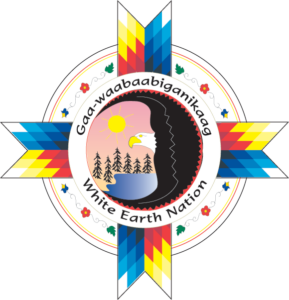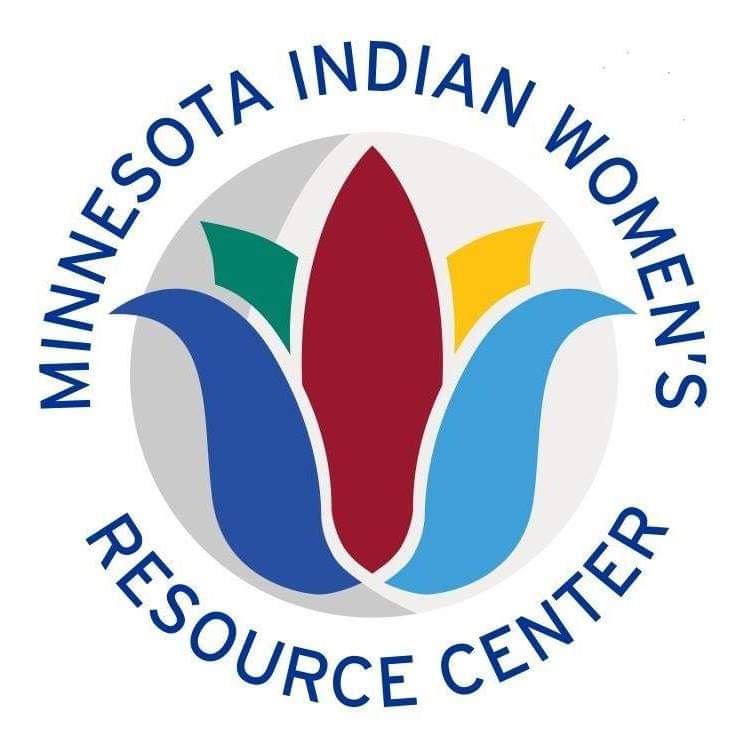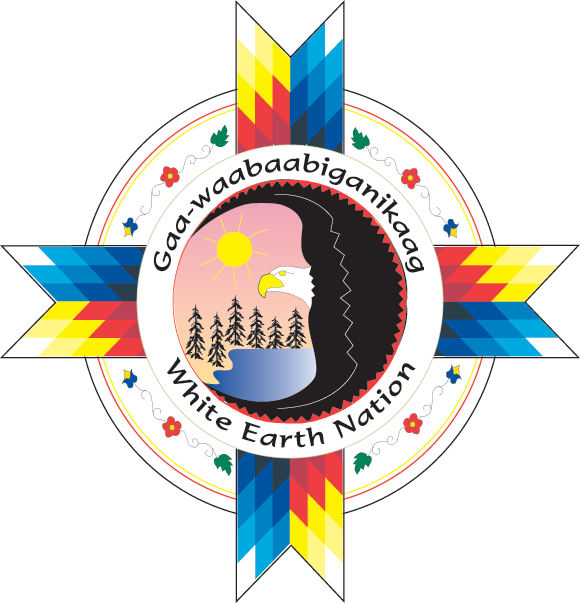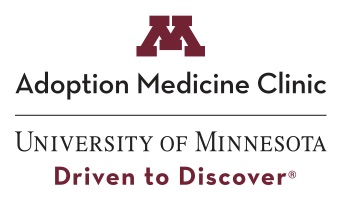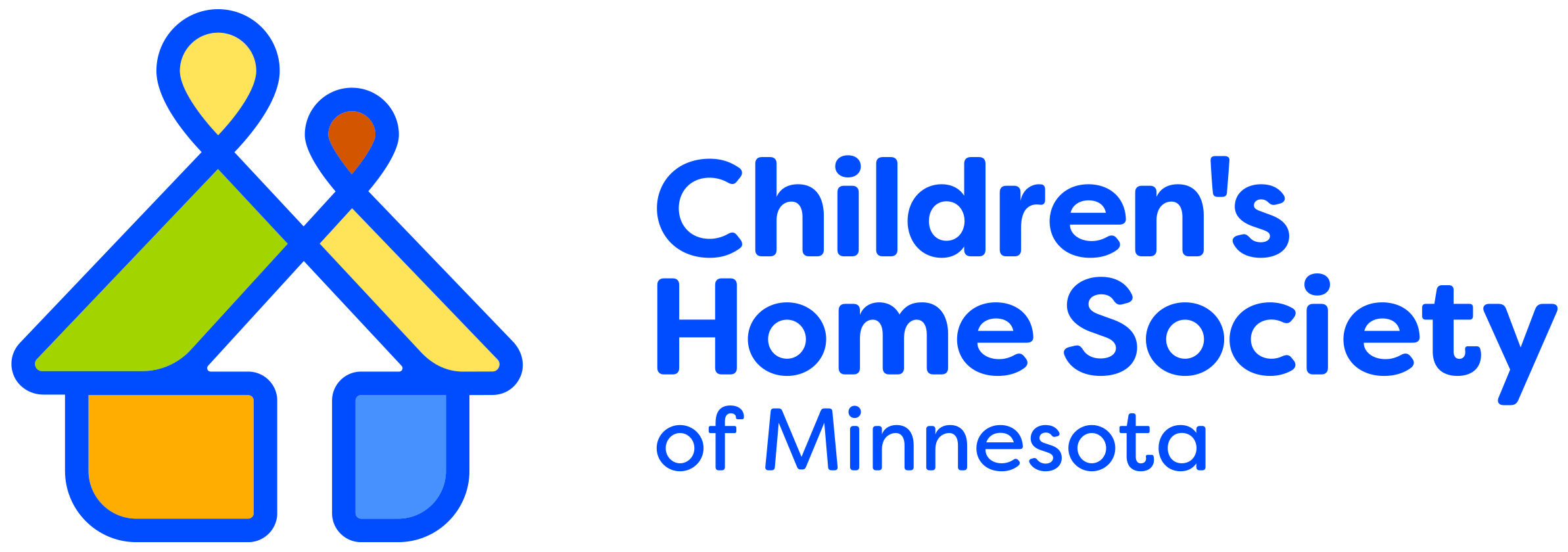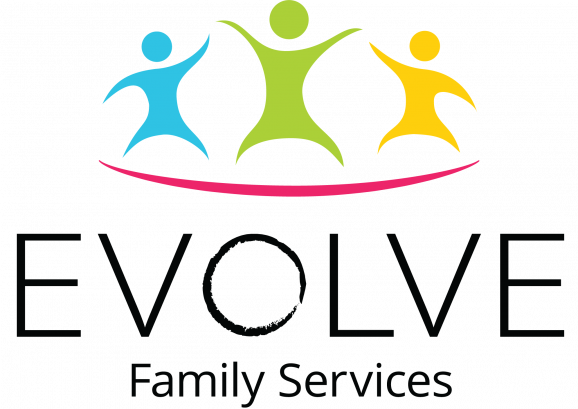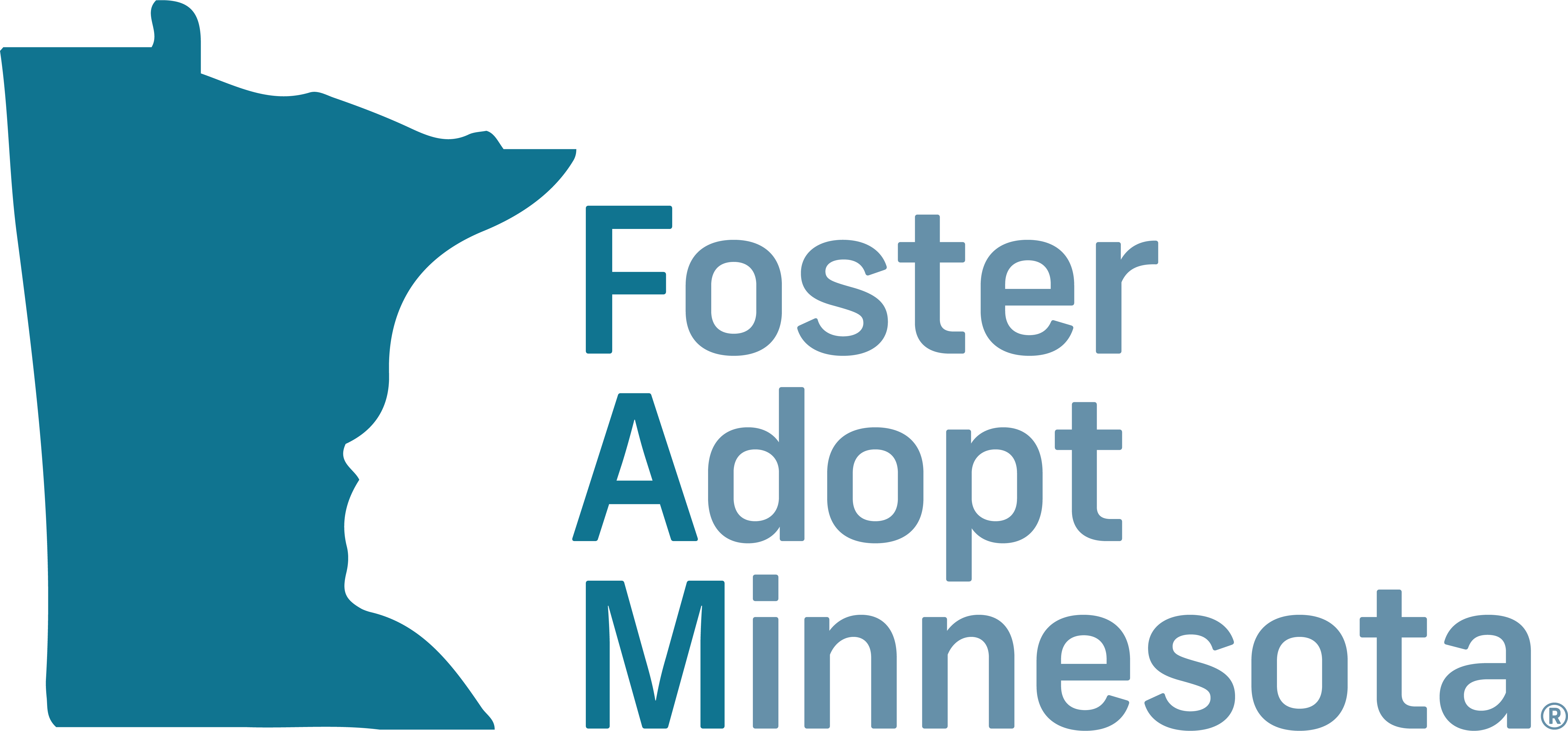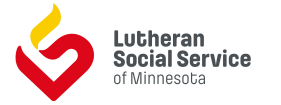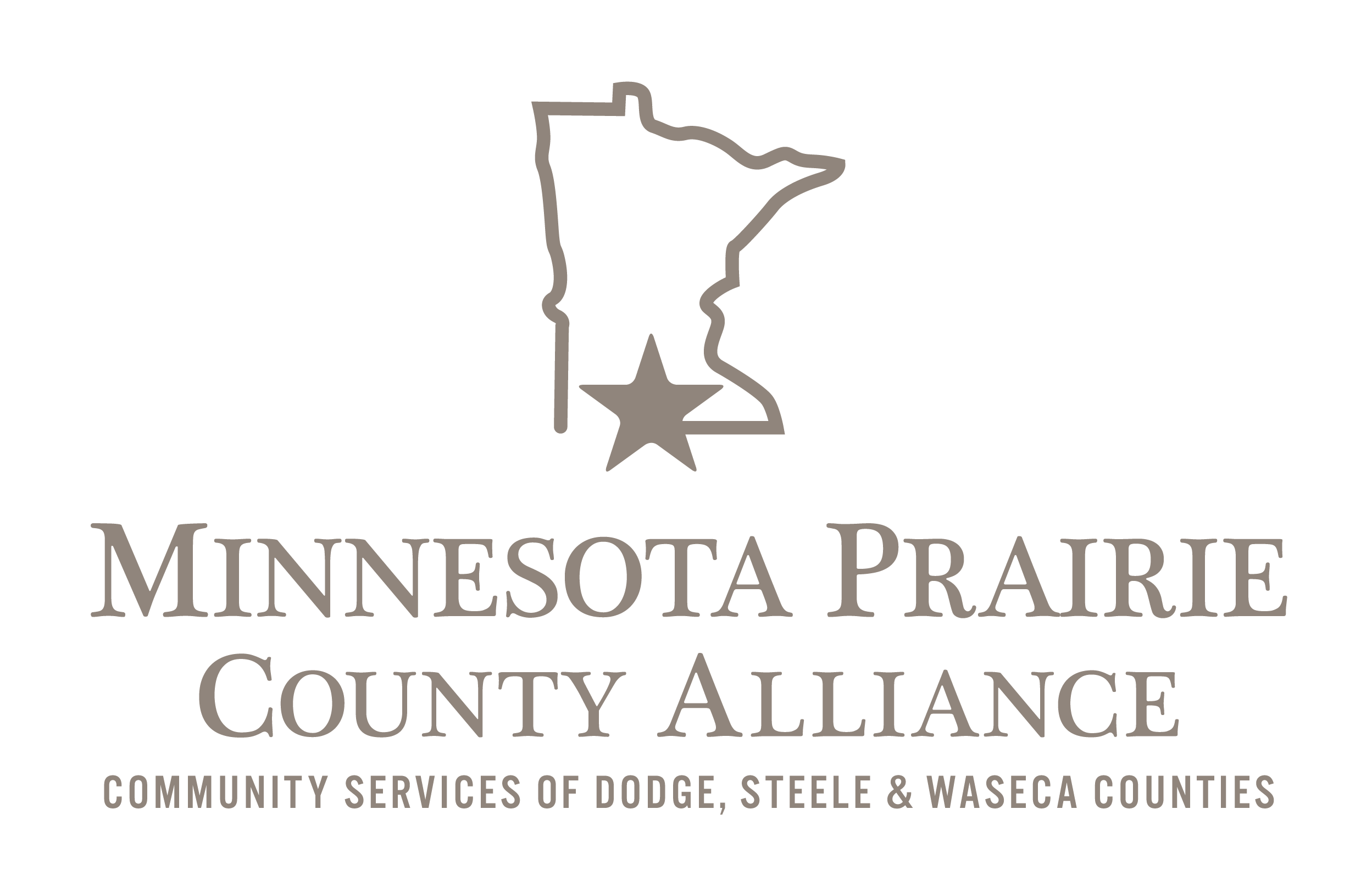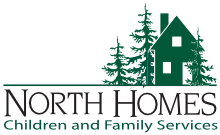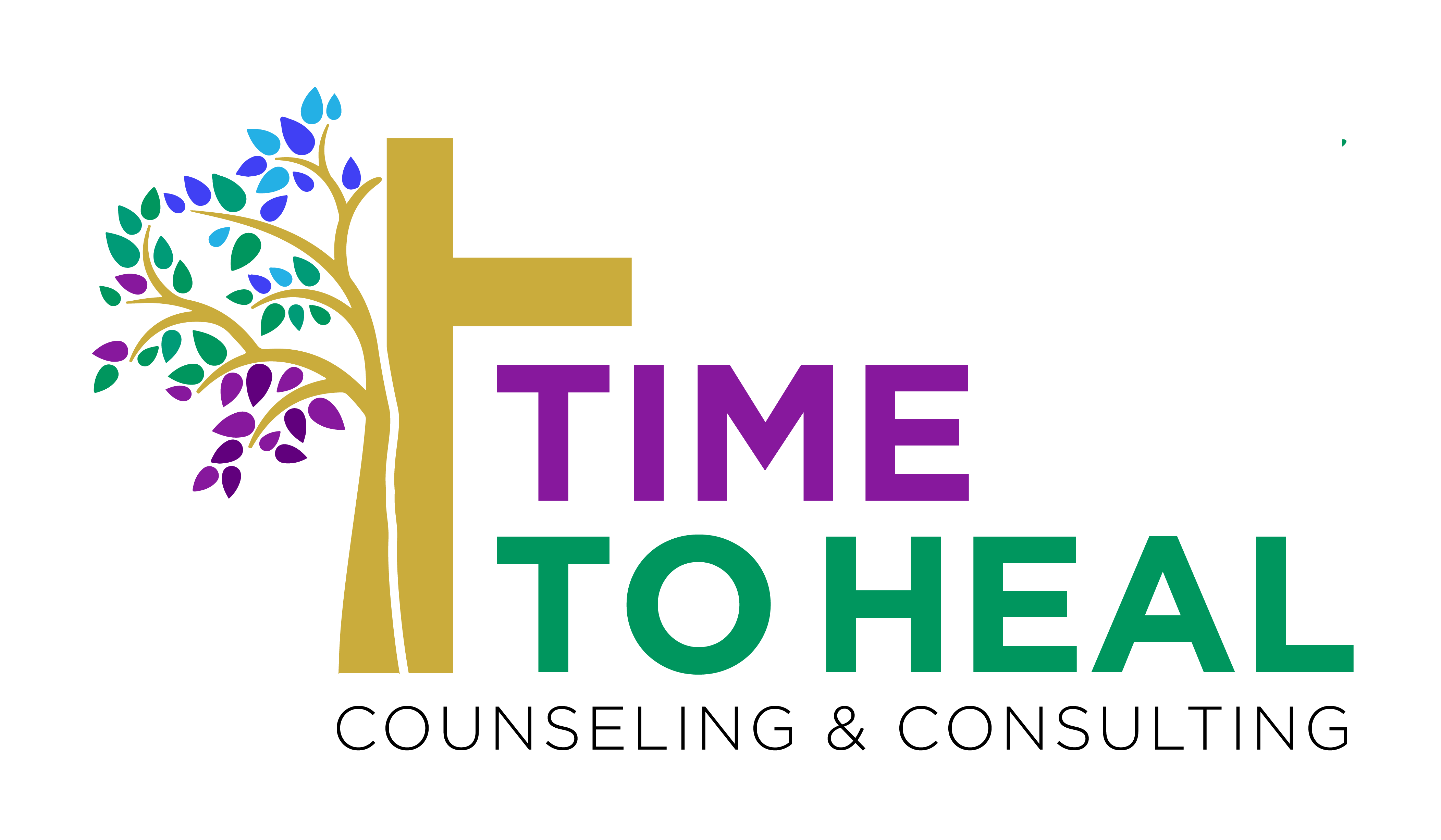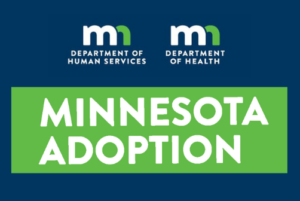Native Nations
Prior to the enactment of the Indian Child Welfare Act (ICWA), a federal law that was passed in 1978, Native children were being removed from their homes and communities by public and private agencies at an alarmingly disproportionate rate. The need for ICWA “resulted from a clash among customary Tribal child-rearing practices, legacy of boarding schools, intergenerational trauma, and continuation of assimilation efforts into the mid-twentieth century” (Minnesota Department of Human Services, ICWA/MIFPA Manual; 2022).
ICWA was passed with the intent to “protect the best interests of Indian children and to promote the stability and security of Indian tribes and families” and ensure the placement of Native children in kinship, foster, and adoptive homes that will “reflect the unique values of Indian culture” (25 U.S.C. § 1902).
The federal requirements set forth by ICWA apply to State child custody proceedings involving Native children who are members of, or who are eligible for membership in, a federally recognized Tribe. These proceedings include foster care placements, terminations of parental rights, pre-adoptive placements, and adoptive placements.
In 1985, the Minnesota Indian Family Preservation Act (MIFPA) was established in an effort to strengthen and further develop upon aspects of ICWA. MIFPA emphasizes the “interest in supporting preservation of Tribal identity of Indian children” and recognizes Native Nations as “appropriate entities to provide direction to the State as to the best interests of Tribal children” (Minnesota Department of Human Services, ICWA/MIFPA Manual; 2022).
The guidelines and standards set forth by ICWA and MIFPA seek to
- embrace the unique identities and needs of Native children, teens, and families;
- honor and preserve Native customs and traditions;
- strengthen cultural, familial, and Tribal connections;
- mitigate impacts of the historical and intergenerational trauma inflicted upon Native individuals and communities; and
- recognize the inherent sovereignty within Native Nations and uphold their rights to provide governance over and make legal decisions about what is truly in the best interests of children, teens, and families within Native communities.
The 11 federally recognized Native Nations within Minnesota are:
- Bois Forte Band of Chippewa
- Fond du Lac Band of Lake Superior Chippewa
- Grand Portage Band of Lake Superior Chippewa
- Leech Lake Band of Ojibwe
- Lower Sioux Indian Community
- Mille Lacs Band of Ojibwe
- Prairie Island Indian Community
- Red Lake Nation
- Shakopee Mdewakanton Sioux Community
- Upper Sioux Community
- White Earth Nation
This map indicates where these Native Nations’ reservations and communities are located throughout the State:
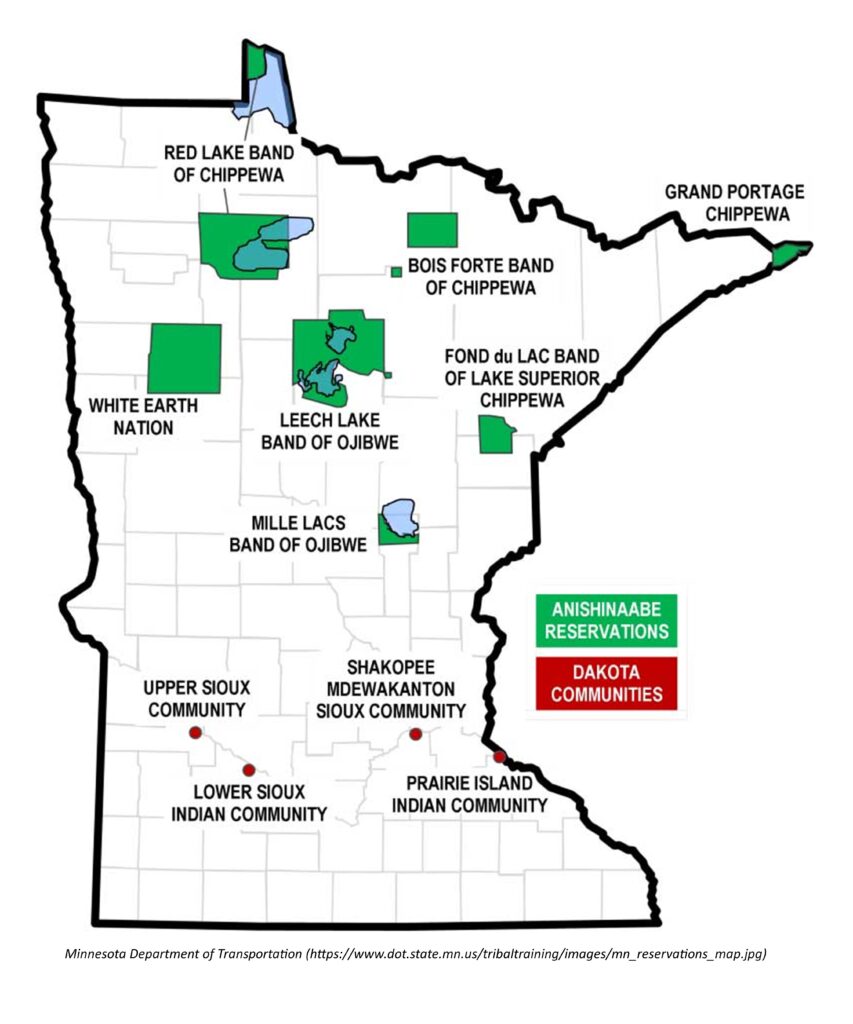
Paths to Permanency: Native Nations
Helpful Resources
- What you need to know about the Indian Child Welfare Act and the Minnesota Indian Family Preservation Act
- Indian Child Welfare Act: A Family’s Guide
- ICWA FAQs
- Answers to Your Questions About ICWA
Home Study, Licensing, Placement Support, and Adoption Services for Native Children and Families
Permanency Support Services: Native Nations
Helpful Resources
- American Indian Family Center
- Understand Native Minnesota
- Native Governance Center
- Five Ways to Learn About Native American Culture in Minnesota
- We Are Still Here Minnesota
- Help Me Connect: Resources for American Indian Families
- PowWows.com
- Proof Alliance: Support for Native Communities
- Healthy Native Youth
- WeRNative
- Tracing Your Native Ancestry

